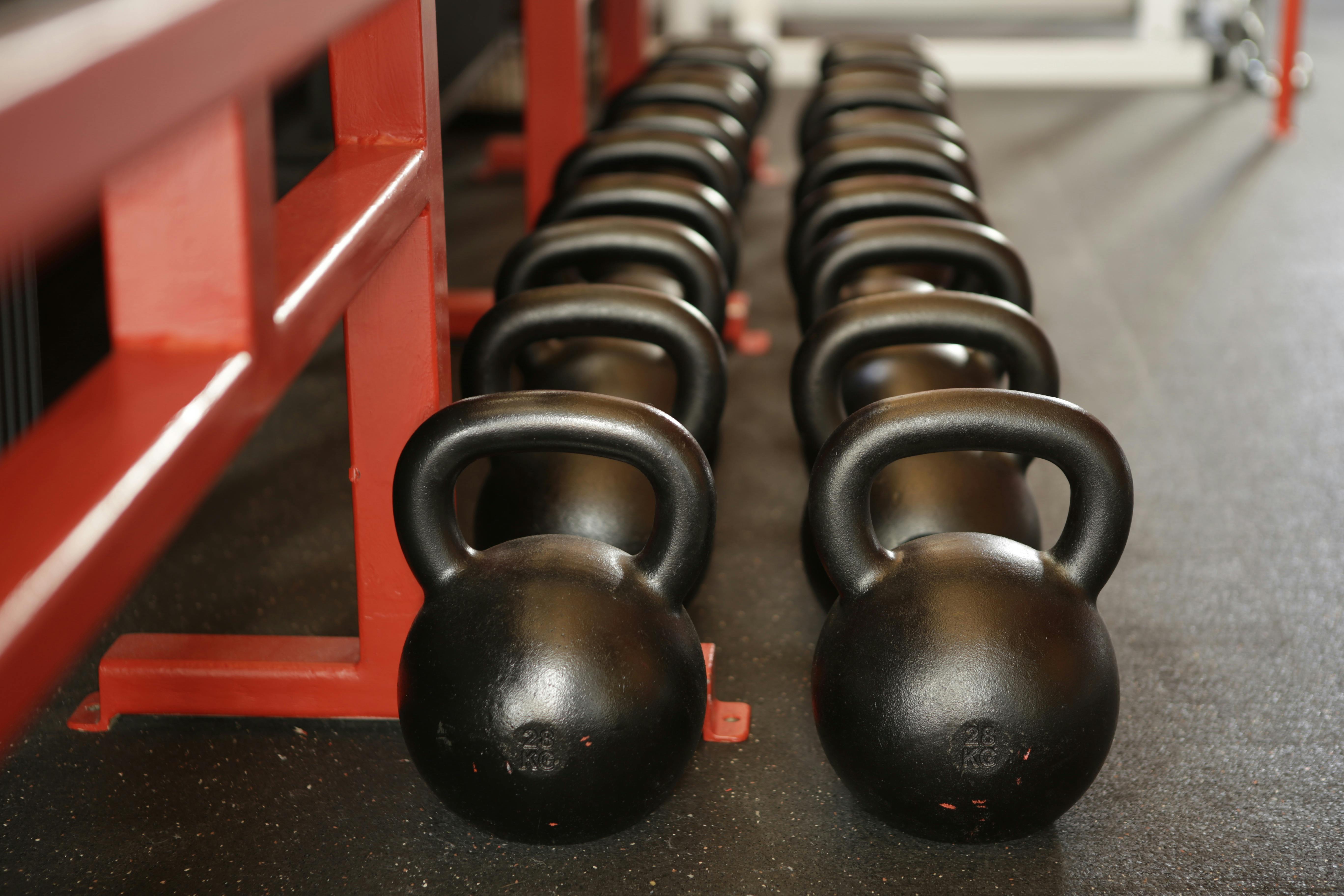Creating Customized Fitness Plans for Special Populations: Training Older Adults and Individuals with Disabilities
Crafting effective fitness plans for special populations such as older adults and individuals with disabilities is crucial for their health and wellbeing. These groups often face unique challenges that require tailored approaches to exercise. In this blog post, we will dive into the specifics of developing customized fitness plans that cater to these populations, highlighting the importance of inclusivity in fitness and providing practical strategies for personal trainers.
Fitness is for everyone, but when it comes to training older adults and individuals with disabilities, one-size-fits-all approaches simply do not apply. Tailoring fitness plans for these special populations is essential for ensuring safety, promoting participation, and enhancing overall health outcomes.
Understanding Unique Needs: The first step in creating effective fitness plans for older adults is understanding their unique needs. Many older adults may have chronic conditions, reduced mobility, or concerns about balance. Similarly, individuals with disabilities may face physical limitations that require careful consideration when designing exercise programs. Health assessments should be conducted to understand each individual's limitations and capabilities before setting goals.
Incorporating Functional Training: Functional training focuses on improving everyday movements, making it an excellent approach for older adults and individuals with disabilities. Exercise regimens might include activities that enhance strength, flexibility, balance, and coordination. For example, exercises like chair squats, seated leg lifts, and resistance band workouts are great options.
Personal trainers should introduce functional exercises that mimic daily activities, helping clients gain independence and improve their quality of life.
Setting Achievable Goals: Setting realistic, achievable goals is crucial. For older adults, the goals might include maintaining independence, improving mobility, or reducing the risk of falls. For individuals with disabilities, goals may center around enhancing specific physical abilities or increasing overall fitness levels. Personal trainers should ensure that clients understand their goals and remain motivated throughout their fitness journey.
Addressing Safety Concerns: Safety is paramount when training special populations. Trainers should ensure that workouts are conducted in a safe environment that minimizes risks of injuries. This may involve using low-impact techniques, ensuring participants know how to use equipment correctly, and providing necessary modifications or assistive devices. Always monitor clients, especially during exercises that challenge balance, strength, or coordination.
Creating a Welcoming Atmosphere: A supportive and welcoming atmosphere is essential for encouraging older adults and individuals with disabilities to engage in fitness. Personal trainers should foster an inclusive environment, ensuring all clients feel valued and respected. This can be achieved through open communication, recognizing individual achievements, and ensuring social interaction during workouts. Group exercises can be beneficial in this regard, as they promote camaraderie and community.
Education and Empowerment: Educating clients about the benefits of exercise is vital for fostering adherence to fitness regimens. Personal trainers should focus on empowering clients with knowledge that helps them understand how physical activity improves their health. Information on nutrition, overall wellness, and setting realistic expectations can also enhance commitment to their fitness plan.
Provide Continual Assessment: Regularly reassessing clients' progress is key to ensuring their fitness plans remain effective. Adjustments may be needed based on improvements, setbacks, or changes in health conditions. Maintain open lines of communication, allowing clients to voice concerns and highlight any goals they wish to adjust in their training program.
Ultimately, working with special populations requires personal trainers to be adaptable, knowledgeable, and compassionate. By focusing on individualized needs and employing thoughtful modifications, trainers can create effective fitness programs that significantly enhance the lives of older adults and individuals with disabilities.
Crafting customized fitness plans for older adults and individuals with disabilities is not just about physical training—it's about improving quality of life and fostering independence. Personal trainers play a crucial role in understanding the needs of these populations and implementing effective strategies. By embracing a holistic and tailored approach, trainers can help their clients discover the joys of fitness, maintain their health, and achieve personal milestones. Let’s strive to make fitness inclusive for all.
Ellaine
Ellaine is a dedicated and experienced personal trainer with over seven years of expertise in helping clients achieve their fitness goals. With a passion for health and wellness, she specialises in creating personalised training programs that cater to individual needs, whether it’s weight loss, muscle building, or improving overall fitness.
